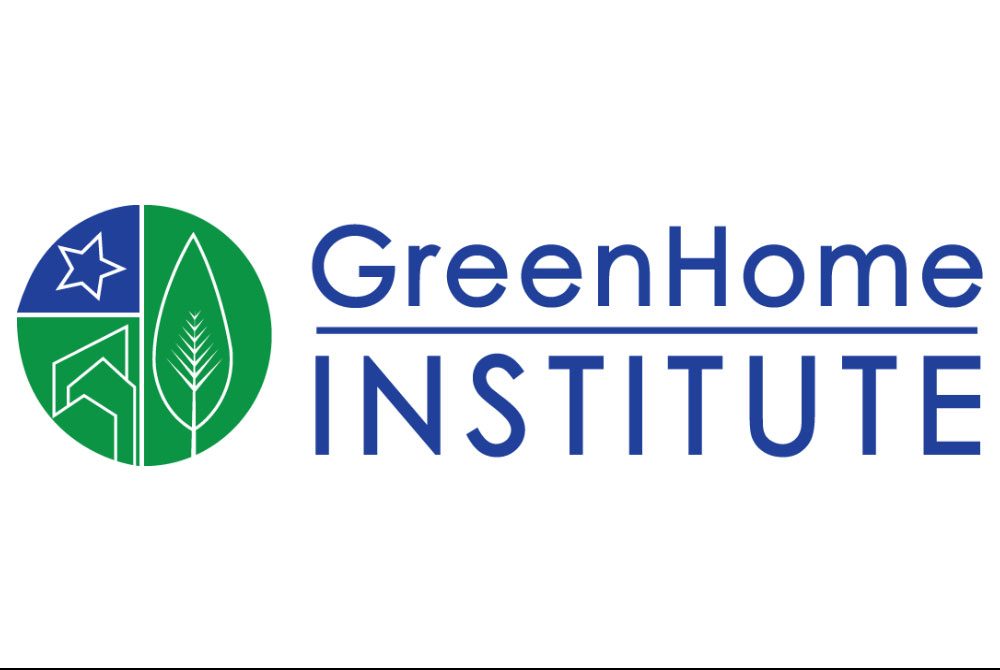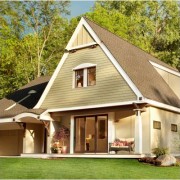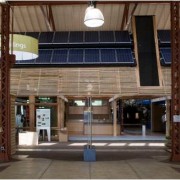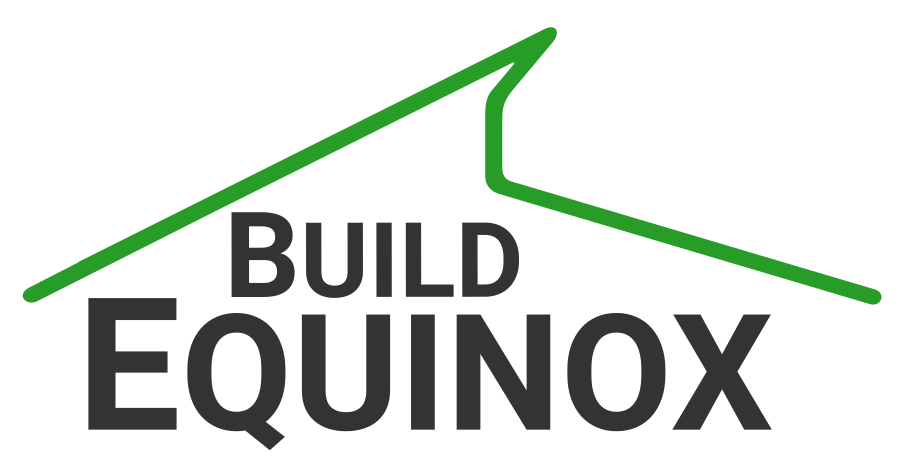The LEED for Homes rating system rewards projects that are developed on sites that have been previously developed, and many project teams take advantage of good existing neighborhoods with access to transportation and services rather than building on raw land. Sometimes, a site is chosen where the existing structure is so damaged or functionally obsolete that it is necessary to start over.
In the past, these homes would be torn down in a matter of days, with tons of debris being sent to landfills. An increasingly common alternative to demolition is “De-Construction”. Unlike most houses that are demolished, a deconstructed house is carefully taken apart piece by piece to preserve the useful building materials and virtually eliminate waste.
On a LEED for Homes project in Oak Park, IL a certified deconstruction auditor came out and provided a value estimation for the salvaged components of the home. For this particular site, the value was over $130,000 which the homeowners were able to use as a tax credit that can be carried over for up to five years. This ends up being more valuable than the cost for the deconstruction services itself. View photos of this deconstruction project.
One impact any project team must be aware of is the effect on construction scheduling. Deconstruction is a labor and time intensive process, and can take much longer than traditional demolition. If weather is not cooperating, it can take up to two months rather than two weeks. But if deconstruction is properly planned for, the environmental and economic benefits can be more rewarding. LEED for Homes values materials from deconstruction which are eligible under Materials and Resources credit 2.2 for both reclaimed and local production credit. For teams pursuing deconstruction, the process of deconstruction of existing homes by providing Innovation and Design credit.
ID credit: The below is taken from the LEED Interpretations database for inquiry number 5289:
Projects may earn ID credit for diverting demolition waste, on the following conditions: (1) the amount of demolition waste is roughly equal to the amount of material in a complete home; (2) at least 50% must be diverted for 1/2 ID point, and at least 70% must be diverted for 1 ID point; (3) no credit may be awarded for land-clearing waste; (4) the Green Rater must verify waste hauling documents and diversion calculation, similar to MR 3; (5) only the diversion strategies approved for MR 3 may be used; (6) the calculation can be based on weight or volume, but a consistent approach must be used throughout the calculation; and (7) the demolition diversion rate must be calculated based on project specific information; using the diversion rate for a disposal facility cannot be used (i.e. MR 03-25 does not apply)




